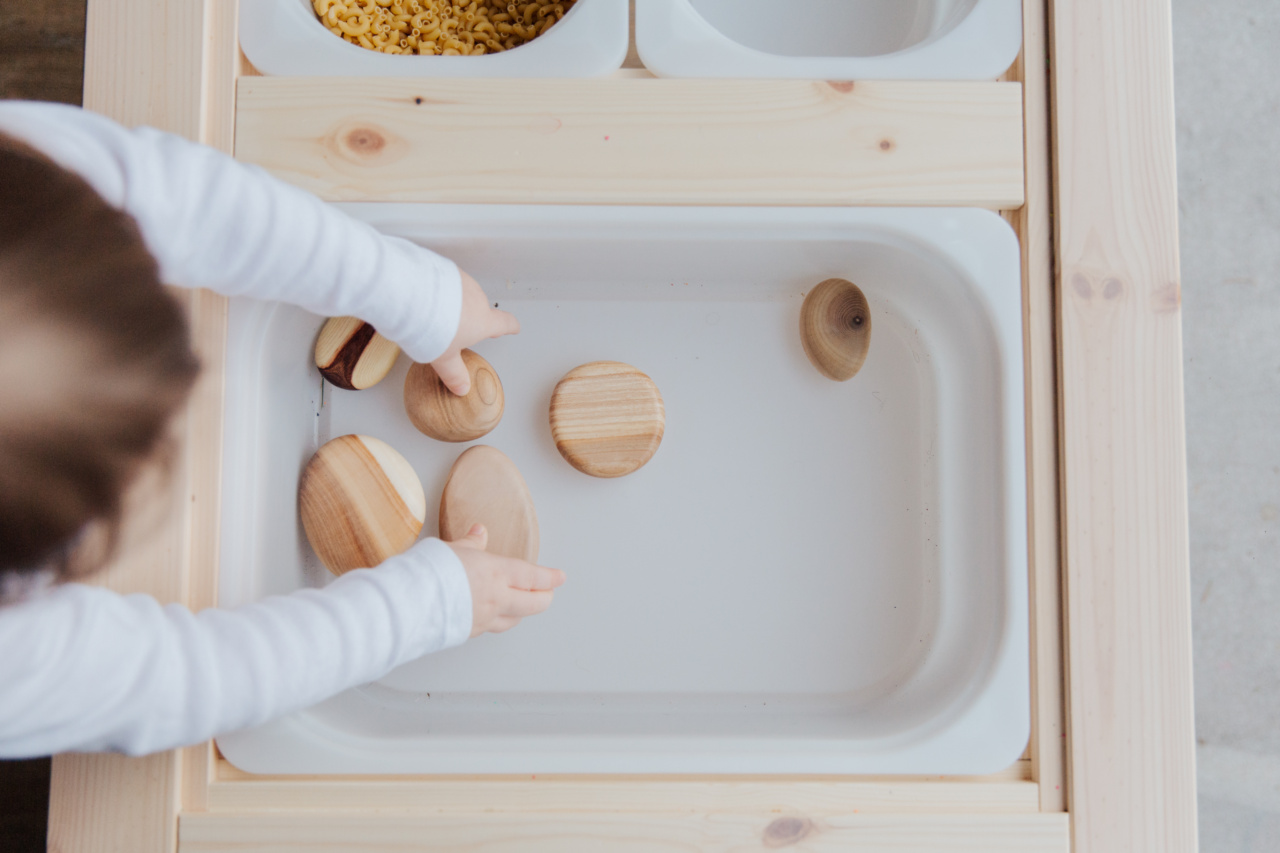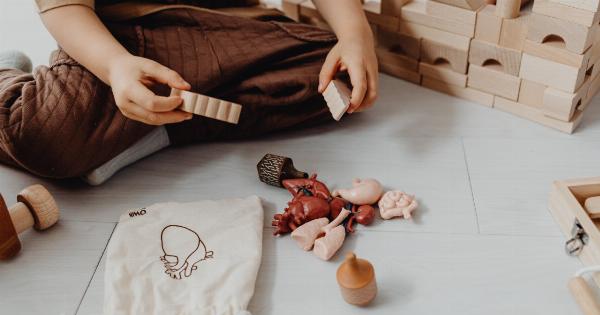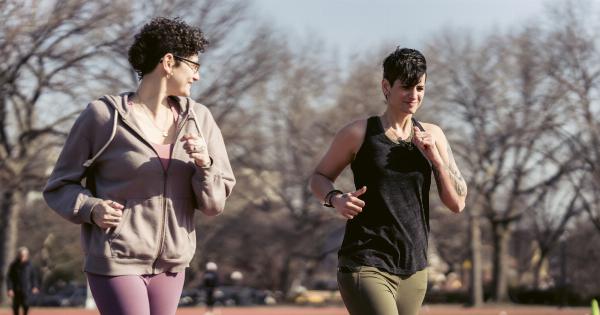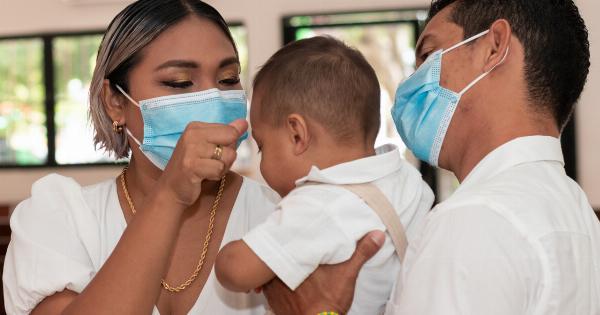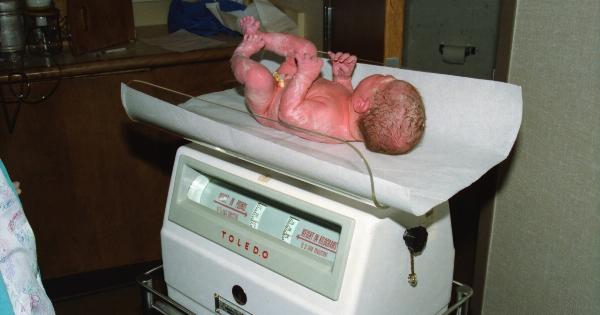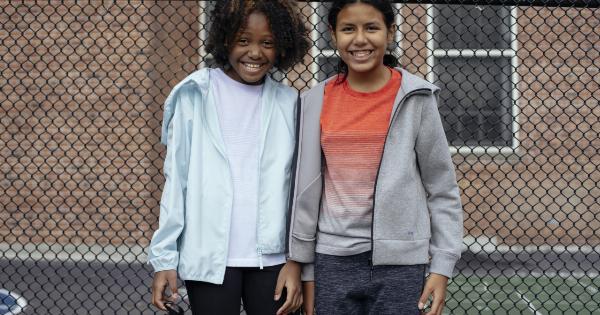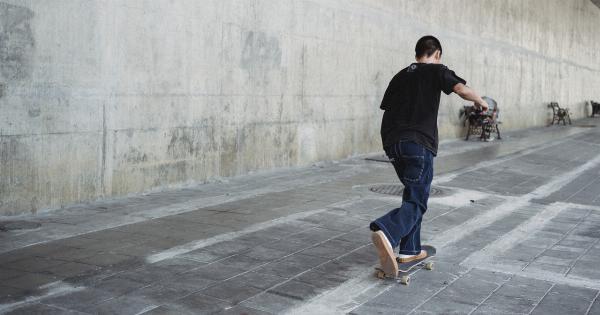Baby strapping, or the practice of carrying a baby in a carrier or wrap, has become increasingly popular in recent years.
While many parents find it convenient and comforting to keep their baby close, there are concerns about the effects of baby strapping on the child’s development. In this article, we will explore the potential benefits and drawbacks of baby strapping and the impact it can have on a child’s physical, cognitive and social development.
Physical effects of baby strapping
One of the most obvious benefits of baby strapping is the physical closeness it promotes between parent and child. When a baby is carried close to the body, it can have a calming effect on both the baby and the parent.
Additionally, baby strapping can be a great way to promote bonding and attachment between parent and child. Studies have shown that skin-to-skin contact and close physical contact with a caregiver can have a positive impact on a baby’s physical and emotional development.
However, there are concerns that baby strapping can have negative physical effects on both the parent and the child. Carrying a baby for extended periods of time can put a strain on a parent’s back, shoulders and neck.
If the carrier or wrap is not properly fitted or adjusted, it can also cause discomfort or even injury to the baby. In addition, while some baby carriers are designed to promote healthy hip development, others can lead to hip dysplasia, a condition in which the hip joint is not properly formed.
Cognitive and social effects of baby strapping
There are also potential cognitive and social benefits to baby strapping. When a baby is carried in a carrier or wrap, they are exposed to more sensory stimulation than they would be in a stroller or car seat.
They can see, hear and feel things that they might not otherwise be able to, which can help to promote cognitive development. Additionally, baby strapping can allow a parent to more easily interact with their baby, providing opportunities for language development and socialization.
On the other hand, there are concerns that too much time spent in a carrier or wrap may limit a baby’s exposure to other people and experiences.
They may not get as much opportunity to explore their environment or interact with other children and adults, which could hinder their social and emotional development. Additionally, if a baby is carried in a carrier or wrap for extended periods of time, there is a risk that they may become overly dependent on the caregiver and have difficulty separating from them in the future.
Recommendations for safe baby strapping
If you choose to use a baby carrier or wrap, it is important to do so safely. Here are some recommendations:.
- Choose a carrier or wrap that is appropriate for your child’s age, weight and development stage. Follow the manufacturer’s instructions for use.
- Make sure that the carrier or wrap fits both you and your baby comfortably and securely. Check for any signs of discomfort or difficulty breathing.
- Never leave your baby unattended in a carrier or wrap.
- Avoid carrying your baby in a carrier or wrap for extended periods of time. Take frequent breaks and allow your baby to move around freely.
- Be aware of signs of overstimulation or fatigue in your baby. If your baby is showing signs of distress, take them out of the carrier or wrap and comfort them.
Conclusion
Baby strapping can be a convenient and comforting way to keep your baby close while promoting bonding and attachment. However, it is important to be aware of the potential physical, cognitive and social effects of this practice.
By choosing a safe and appropriate carrier or wrap and using it responsibly, you can help to ensure that your baby’s development is supported and encouraged.
